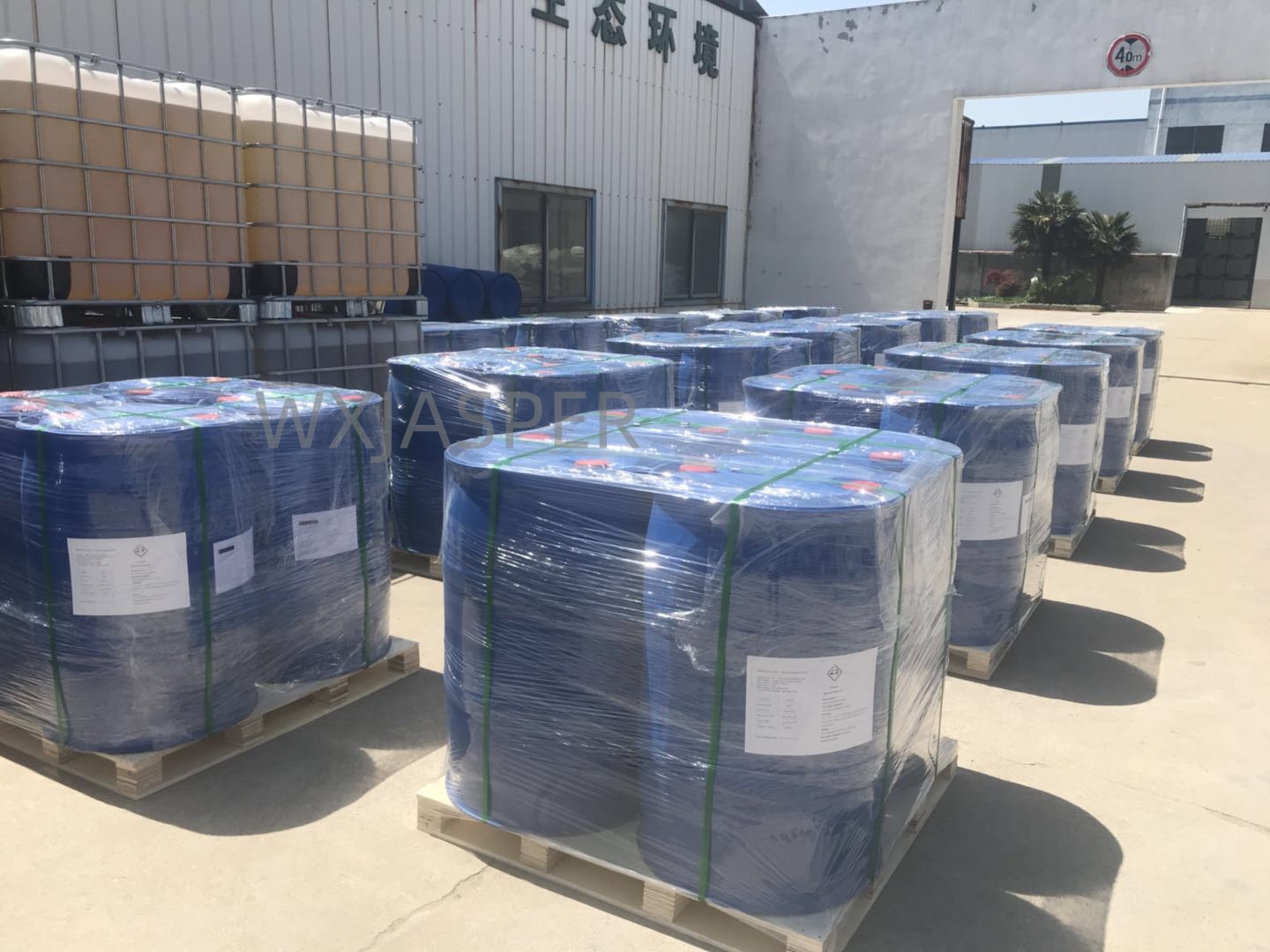Your Location:Home > Products > Solvents > TERSPERSE 2612



CasNo: 26677-99-6
MF: (C4H4O4)n.(C3H4O2)n
Appearance: liquid
Delivery Time: 15 days
Packing: 200kg/drum
Purity: 99%
1. Basic Attributes
2. Core Physicochemical Properties
| Index Item | Presumed Standard Range | Description |
|---|---|---|
| Appearance (Room Temperature) | Light yellow to brown transparent liquid | No stratification or sedimentation; slight turbidity may occur at low temperatures (<5℃), and transparency is restored when heated above 10℃ |
| Solid Content | 45%-50% | Represents the proportion of effective dispersing components; higher content indicates stronger dispersion efficiency, with inorganic salt impurities ≤2% |
| Density (25℃) | 1.08-1.12 g/cm³ | Stable density for precise metering in formulations |
| Weight-Average Molecular Weight | 15,000-20,000 Da | Moderate molecular weight, balancing steric hindrance and molecular chain flexibility |
| Surface Tension (0.1% aqueous solution) | 30-35 mN/m | Rapidly reduces the nanoscale particle-water interfacial tension, enhancing wetting and dispersion efficiency |
| Solubility | Soluble in water, ethylene glycol, propylene glycol | Excellent compatibility with nonionic surfactants (e.g., polyoxyethylene ether); dispersible in some polar organic solvents |
3. Functions and Typical Application Scenarios
Core Functions:
Typical Application Fields:
4. Usage Specifications and Precautions